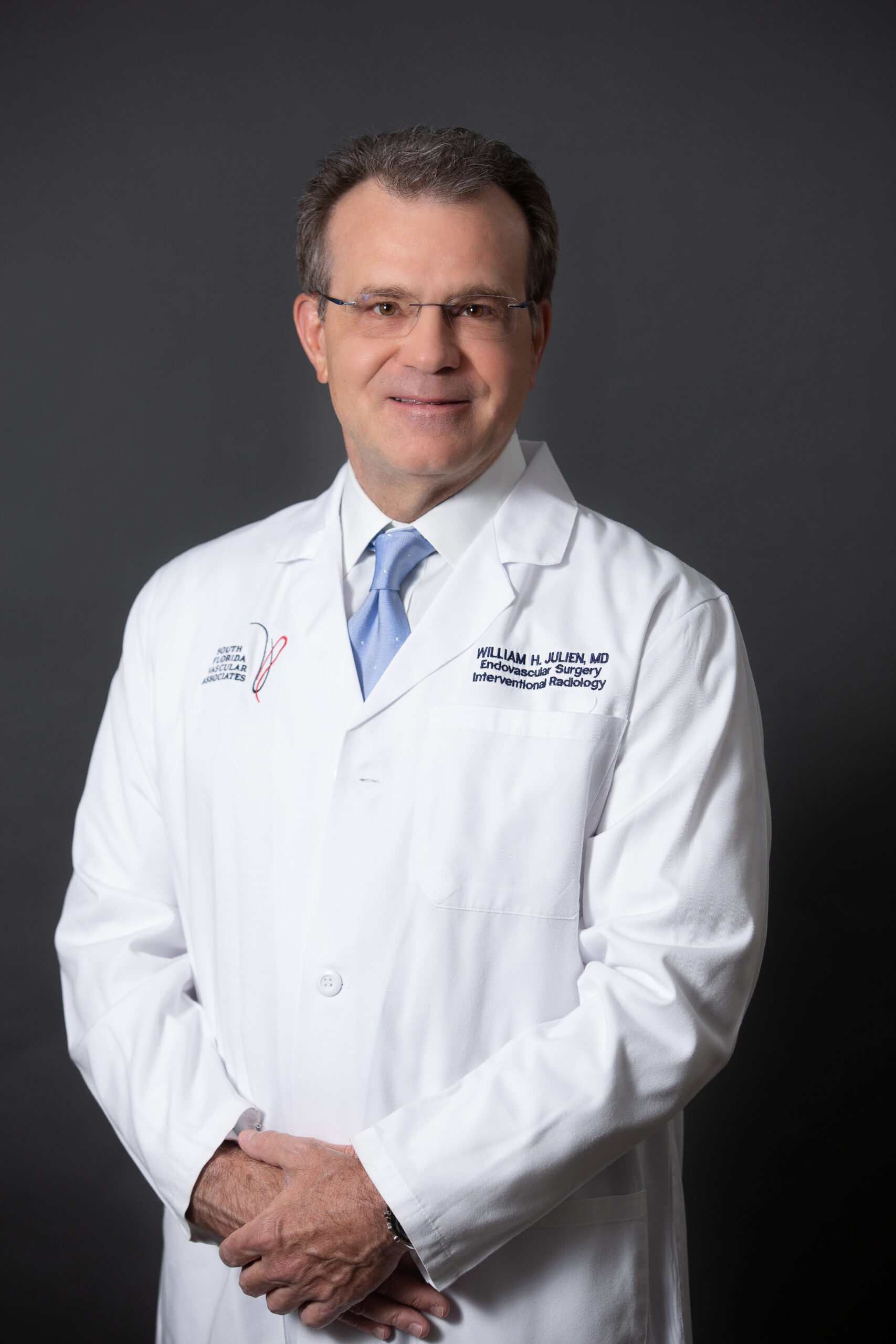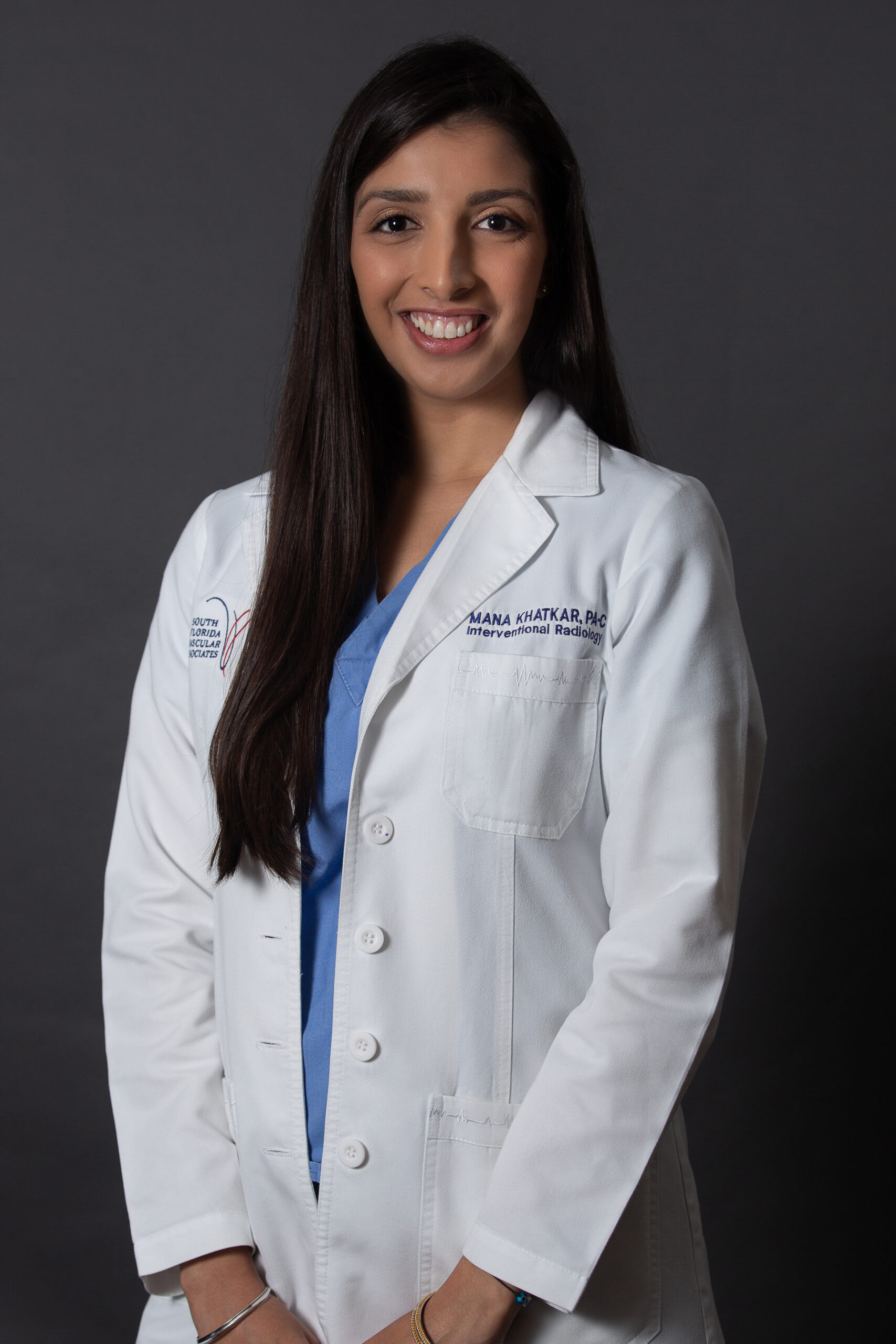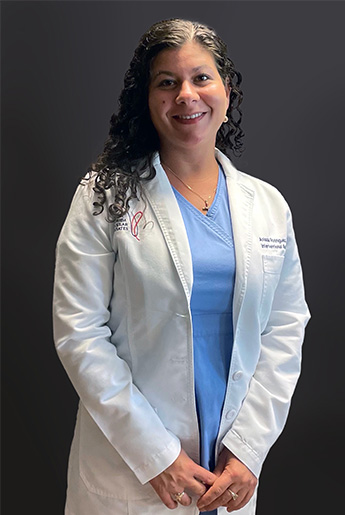Quick Links
What is an Abdominal Aortic Aneurysm?
An aneurysm is a serious condition where a blood vessel expands or balloons outward. Aneurysms occur when a weakness develops in the wall of the blood vessel, allowing blood flow to push it outward beyond its normal size. It can burst and cause excessive bleeding if untreated.
Aneurysms can occur in any blood vessel, including the abdominal aorta, or the large blood vessel that supplies blood to the legs, pelvis, and abdomen, and also major organs like the intestines, liver, and kidneys. This blood vessel is the largest artery in your body – when a weak spot on the aorta expands abnormally, it can develop an abdominal aortic aneurysm (AAA). AAAs can rupture and cause massive internal bleeding.
Symptoms and Risk Factors
AAAs are more common in men, and age is one of the most significant risk factors. Men over 60 have a
higher risk of developing AAAs. Additionally, the following can impact your risk:
- Having an immediate relative with a history of AAA
- High blood pressure
- Smoking
It’s thought that inflammation may play a role in AAAs, which may cause the wall of the blood vessel to break down over time. Hardening of the arteries (atherosclerosis) may also play a role. AAAs do not cause noticeable symptoms at first. Some patients report a pulsing feeling in the abdomen, similar to a heartbeat. There may be sudden and severe pain in the stomach or lower back – in this case, the AAA may be about to rupture, and emergency medical attention is needed.
In the case of a rupture, you may suddenly feel weak, dizzy, and even unconscious. It’s typically accompanied by severe back pain. This is a life-threatening situation, meaning AAAs should be treated as soon as possible to avoid rupture.
How is an Abdominal Aortic Aneurysm Diagnosed?
AAAs are seen through imaging such as an abdominal ultrasound or CT scan – sometimes unintentionally while screening for other conditions. Our team at South Florida Vascular Associates can guide you through the imaging process and determine the next treatment steps based on your results.
Abdominal Aortic Aneurysm Treatment Options
Your treatment options for an AAA will depend on the results of your imaging. If the AAA is small and unlikely to rupture, it will be recommended to simply wait and re-screen regularly. If the AAA is more significant and begins to grow or cause symptoms, an endovascular aneurysm repair procedure can help prevent a rupture.
This minimally invasive procedure involves placing a stent graft. This strengthens the artery and allows blood to flow through without adding pressure. Many of our patients prefer this over a traditional open repair which requires a hospital stay. We perform groundbreaking, minimally-invasive endovascular aneurysm repair at our state-of-the-art suite with a comfortable, outpatient spa setting here at South Florida Vascular Associates.
Schedule a Consultation
To meet with our providers, schedule a consultation today at our Plantation, Boynton Beach, and Coconut Creek locations serving the greater Southeast Florida area. Contact us online and request an appointment or call our offices to learn more.





